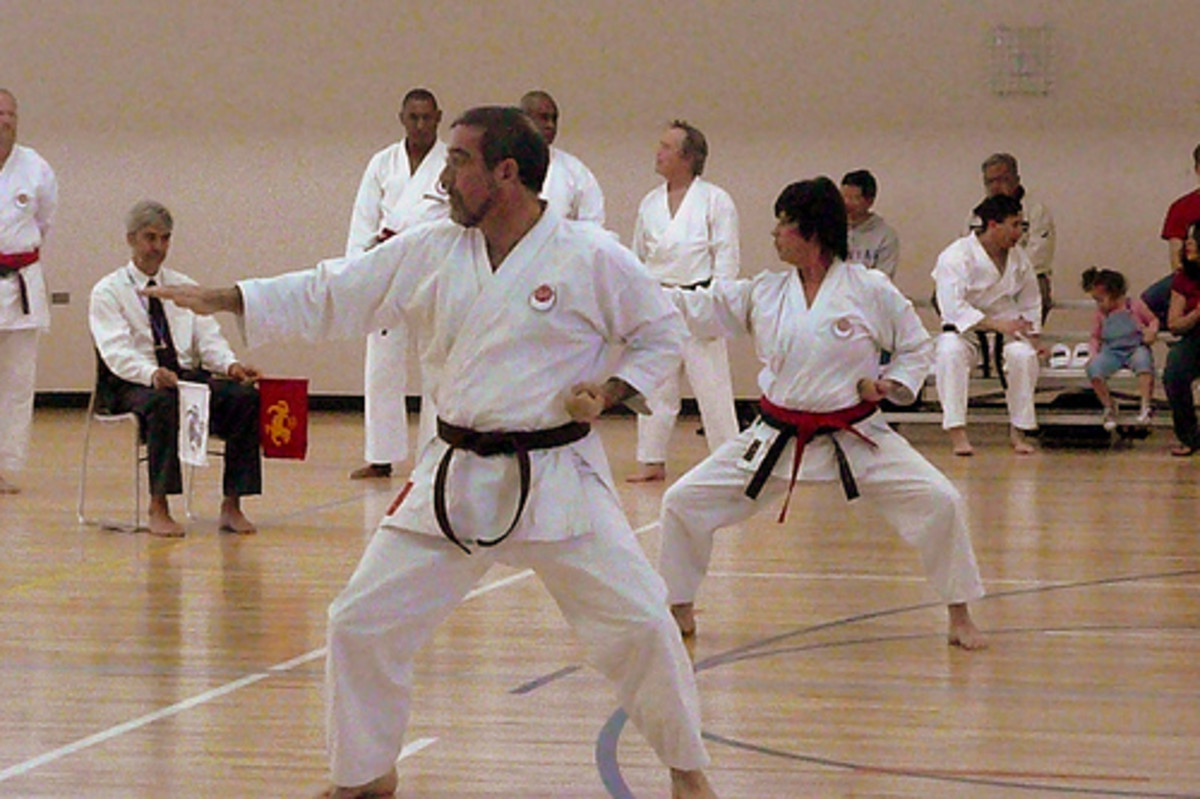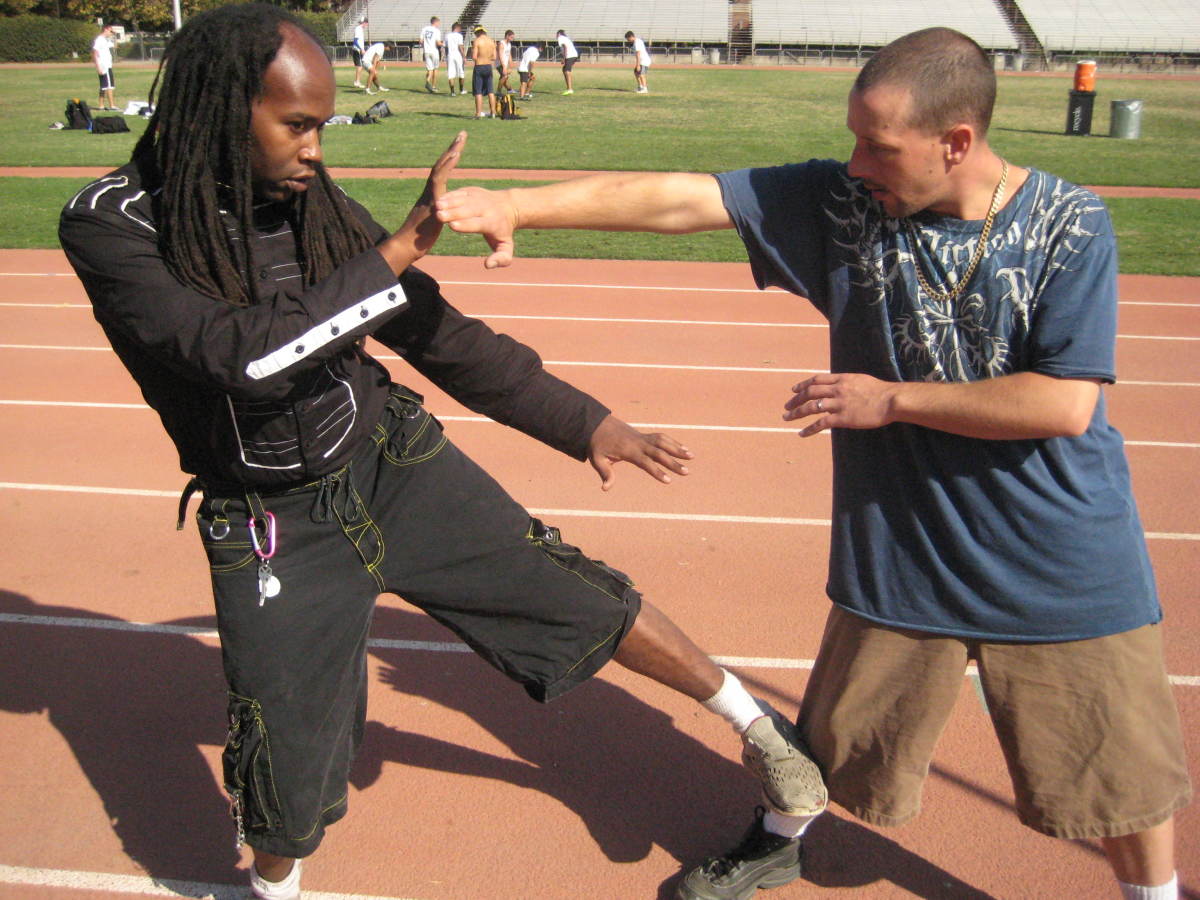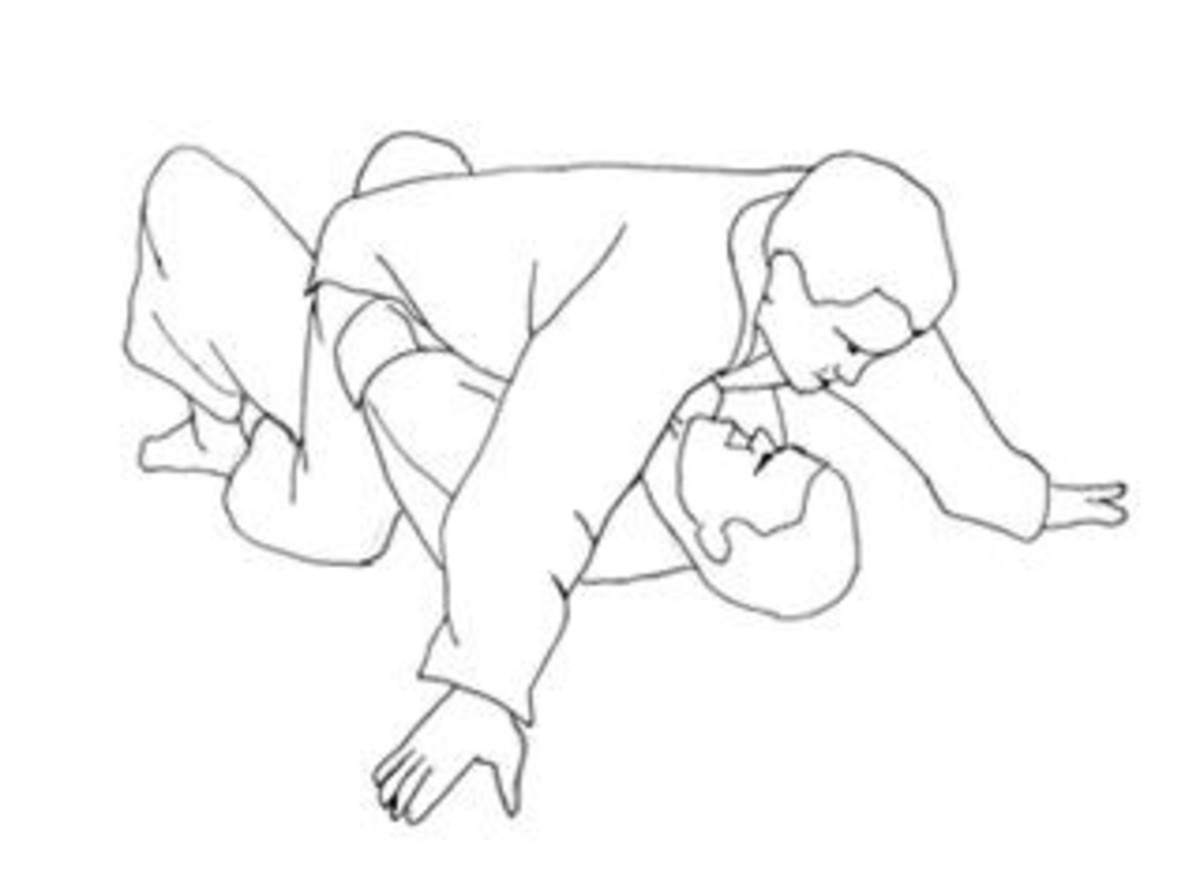WTF Tae Kwon Do's Belt System: An In-Depth Look

Origins Of The General Belt System
Like Judo, Jiu-Jitsu (Japanese & Brazilian), Aikido, and the many styles of Karate, Tae Kwon Do does have a belt system. Before Judo was created, the Japanese martial arts didn't have a belt system in place. That all changed when Jigoro Kano founded the popular martial arts style called Judo aka “Kano Jiu-Jitsu.” However, colored belts weren't introduced until decades later. When the many styles of Karate were created, founders adopted Kano's belt system.
This is also the case for Brazilian Jiu-Jitsu which has similar ranks to Judo. One has to remember that Brazilian Jiu-Jitsu came from Judo's groundwork. While Judo is known for its many throws, it has an extensive curriculum for grappling or “ground fighting.” Holds such as the Jujigatame (crucifix armbar), Sankaku Jime (triangle choke), rear choke, and many others found in Japanese Jiu-Jitsu, transferred into Judo, became popularized in Brazilian Jiu-Jitsu.
In the case of the Korean martial arts, such as the popular art of Tae Kwon Do, it was inevitable that Kano's belt system would be used. One has to understand that the history of martial arts is apart of the collective world history. Martial arts in general is very important to the history of a country. For example, Capoeira and Brazilian Jiu-Jitsu are important to Brazilian history with the former being very important to Afro-Brazilian history.
Another example would be the style of Krav Maga, which is very important to Israeli history. Certain schools of Krav Maga use Kano's belt system. There are some schools of Muay Thai, specifically in Brazil, utilize a belt system. Some Kung-Fu schools in the United States utilize the belt system instead of traditional sashes.
In the earliest part of the 20th century, Korea (before it separated into Allied South Korea and Communist North Korea) was occupied by Japan. Japan, trying to force Korea to assimilate into Japanese culture, prohibited Koreans from training in their native indigenous martial arts. Many Korean styles became extinct as a result of Japan's assimilation policies.
However, that didn't stop the Koreans from practicing the martial arts. A handful of Koreans studied various Japanese martial arts such as: Shotokan Karate, Goju-Ryu Karate, Judo, Jiu-Jitsu, Aikido, Aiki Jiu-Jitsu, and many other Japanese arts. Eventually, the Korean government called for the unification of the Korean schools known as “Kwans;” thus, Tae Kwon Do was born.
There is one main belt system for WTF Tae Kwon Do; but, there are variations. It can be confusing if one person changes from one Tae Kwon Do school to another. The lack of information can cause arguments with fellow practitioners of Tae Kwon Do. In order to quash arguments and egotism, it's best to explain the main belt system and the variations.
The minimal time it takes to become a 1st Dan in Tae Kwon Do can be between 2 and 3 years. Depending on what sub-organization the TKD school is affiliated with, promotions can take place every 2, 3, or 4 months. If promotions take place every 2 months, then the minimal time it takes to become a 1st Dan is usually 2 years.
For this reason, many TKD schools are accused of being a "McDojo," "black belt factory," or "black belt mill."
If a school does promote a school to a black belt in 2 years, it doesn't necessarily make the school into a black belt factory. In this respect, it should never be easy to promote to 1st Dan in the span of 2 years.
There are factors one had to consider:
How many hours do you train a day or a week in Tae Kwon Do?
When you get to a certain rank, like a blue belt, then you have to put in more hours a week. If not, then you will have to wait possibly four to six months before you can promote to your next belt. As you get closer to being black belt, the more hours in the day you have to put into it. A good TKD instructor is going to work you very hard if you wish to get that 1st Dan in that time span.
How many days out of the week do you train in Tae Kwon Do?
Asides from hours a day, you may even have to put in a certain minimal amount of days a week. You may even have to train in Tae Kwon Do for five to six days with each day spanning two to three hours at least.
How many people are in class?
Class sessions are usually one hour to two hours, depending on the policy. In the case of children in the class, sessions can range from 45 minutes to 1 hour to avoid burning out children. If children suffer the burnout, then they may want to quit.
If there's not that many students in class, the instructors will work you hard. If it is just you and a small number of people, you can get a lot out of one hour. If it's just you and the instructor, think about how much training you can get in just that hour.
Here are the variations of WTF TKD belts:
Variation One
The first rank you will receive is a white belt which symbolizes the start of your journey. In most cases, everybody starts out as a white belt; that includes people who start out in Tae Kwon Do but hold belts in other martial arts styles or have extensive experience in styles that don't use a ranking system.
The second rank you will receive is a yellow belt. In the tournaments, you will be placed in the yellow belt division.
The third rank you will receive is an orange belt. In the tournaments, you will be placed in the orange belt division. However, this can be classified as being between a yellow belt and a green belt.
The fourth rank you will receive is a blue belt. In the tournaments, you will be placed in the blue belt division.
The fifth rank you will receive is a purple belt. In the tournaments, you will be placed in the blue belt division. While you are a purple belt, you can still classified as a blue belt.
The sixth rank you will receive is a brown belt. In the tournaments, you will most likely be placed in the blue belt division. While you are a brown belt, you can still be classified as a blue belt.
The seventh rank you will receive is a high brown belt. This is a brown belt with black tips. You're still ranked as a brown belt. At the tournaments, depending on the case, you can be classified as a blue belt.
The eighth rank you will receive is a red belt. This is simply a solid red belt. You will be ranked as a red belt. At the tournaments, you will most likely be placed in the red belt division.
The ninth rank you will receive is a black tip. This is your red belt with a black tip. You are classified as a red belt and classified as a black belt candidate. At the tournaments, you will most likely be placed in the red belt division.
The tenth rank you will receive is a double black tip. This is your red belt with an additional black tip. You're still classified as a red belt at tournaments.
The eleventh rank you will receive is a triple black tip. It's your red belt with another additional black tip making the number of tips 3. You're still classified as a red belt at tournaments. At the same time, you can be classified as a junior black belt.
The twelfth rank you will receive is 1st Dan. That means, you're a 1st degree black belt.
However, instructors may reserve a “junior black belt” rank if the recipient is under a certain age. Then, the student will get the junior black belt which is half-red and half-black. When the student gets to a certain age, then s/he will receive the 1st Dan.
Variation Two
Like variation one, you start out with the rank of white belt. Again, this marks and symbolizes the beginning of your Tae Kwon Do journey.
The second rank would be your yellow tip. That is your white belt with a yellow tip. This means you're between a white and yellow belt. At tournaments, you could be classified as either as a yellow belt or still a white belt.
The third rank would be your yellow belt. That would be your solid yellow belt. At tournaments, you're definitely classified as a yellow belt.
The fourth rank would be your green tip. That is your yellow belt with a green tip. You're between a yellow belt and green belt. At tournaments, you can be classified as either a yellow belt, a green belt, or an orange belt.
The fifth rank would be your green belt. That's pretty much your solid green belt. At tournaments, you're classified as a green belt.
The sixth rank would be your blue tip. This is your green belt with a blue tip. You're between a green belt and a blue belt. At tournaments, you can be classified as a green belt or a blue belt.
The seventh rank would be your blue belt. This is a solid colored blue belt. At tournaments, you're classified as a blue belt.
The eighth rank would be your red tip. This is your blue belt with a red tip. At tournaments, you're more than likely to be placed in the blue belt division.
The ninth rank would be your red belt. This is your solid red belt. At tournaments, you're classified as being in the red belt division.
The tenth rank would be your black tip. This is your red belt with a black tip. At tournaments, you're classified as still being a red belt.
The eleventh rank would be your double black tip. This is your red belt with two black tips. At tournaments, you're still classified as a red belt.
The twelfth rank would be your 1st Dan black belt. This is your solid black belt.
Third Variation
Under this variation, there are fewer ranks; but, it means that you have to wait longer in between ranks before you can reach 1st Dan. Not many Tae Kwon Do schools utilize this variation of rank. It's possibly due to psychological effect. Even adding a tip can give a student psychological satisfaction in assurance of his/her progress in the martial arts style let alone in Tae Kwon Do. In this variation, there are no tips.
Your first rank is white belt.
Your second rank is yellow belt.
Your third rank is green belt.
Your fourth rank is blue belt.
Your fifth rank is red belt.
Your sixth rank is black belt.
Instead of promoting every two months, you may end up promoting every three to four months. This is because this variation has no tips and no extra belt colors.
Overall:
These are three of the notable variations of Tae Kwon Do's belt system. However, these are not the only variations. Keep in mind, it's all dependent upon the organization the school is associated with such as: Han Moo Kwan, United States Taekwondo Association (USTA), American Taekwodo Association (ATA), Pan-American Taekwondo Union (PATU), and so forth. Some instructor opening up a new school could come up with some sort of new variation of the belt system.








